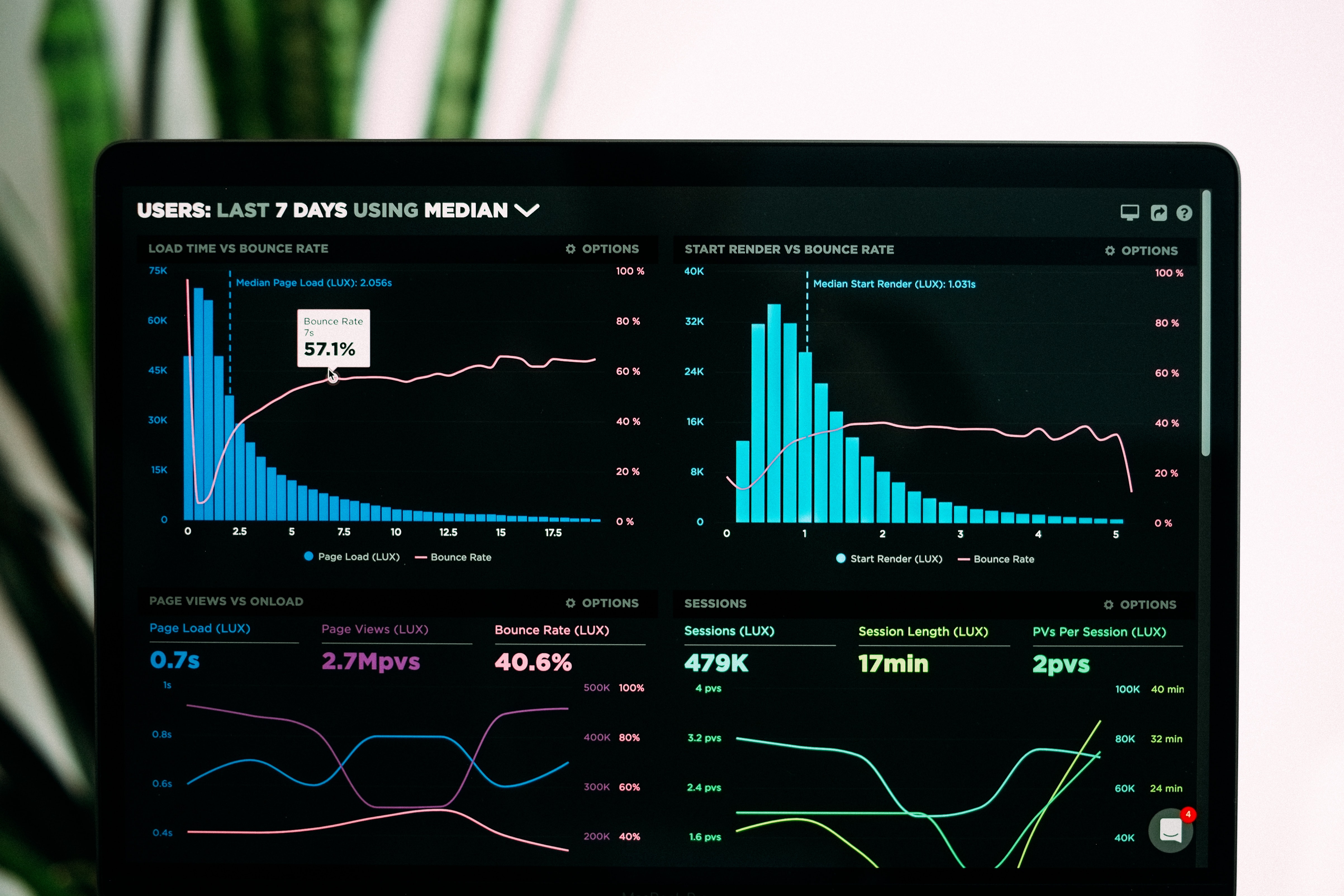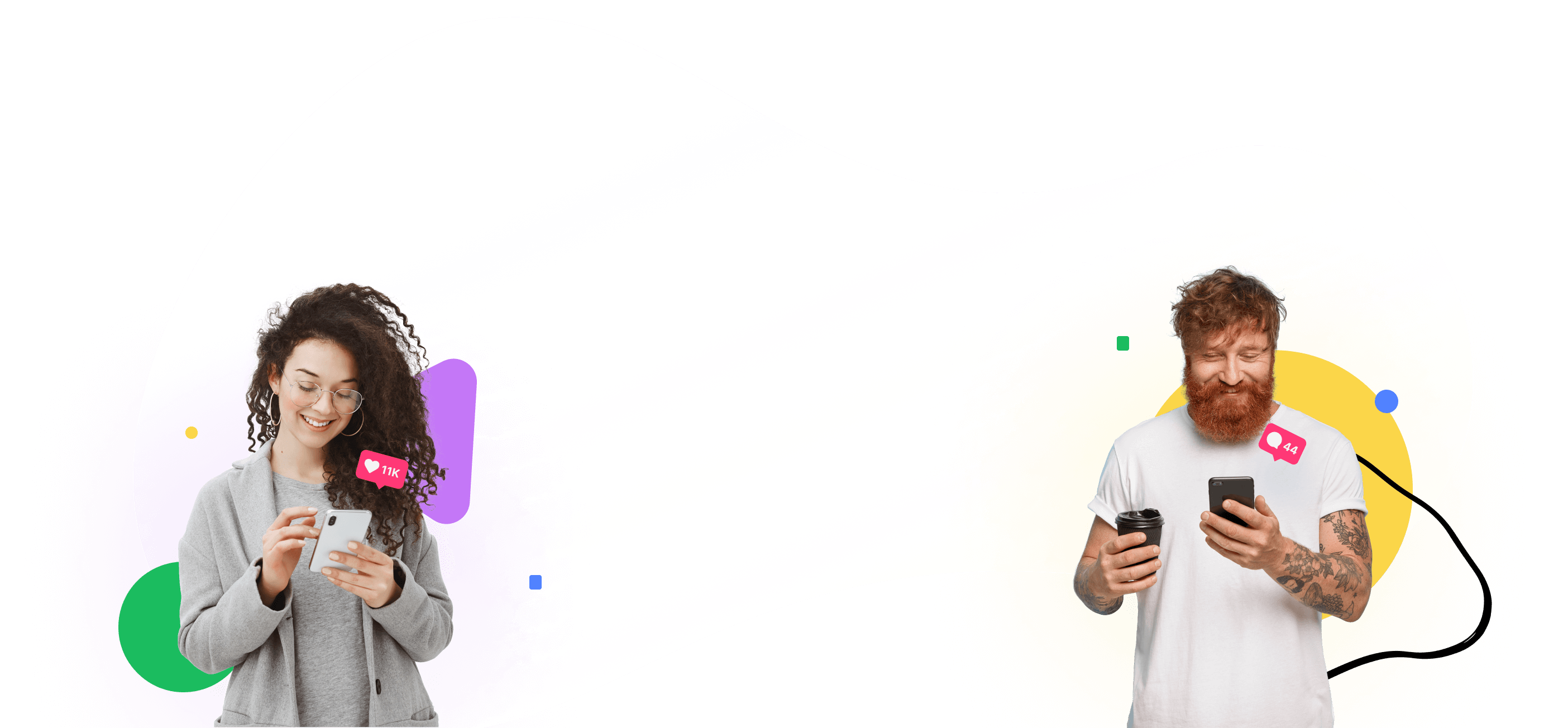No matter where you allocate your marketing budget, you’ll want to ensure that your investments are paying off. Although the metrics you rely on to keep track of your emails or advertisements are not the same, you want to keep track of when it comes to your social media campaign. You must understand which metrics to look at when marketing your brand through various social media channels.
After all, you want to make sure that the effort and time you placed into creating your content is performing well on all social media platforms. If you are not keeping track of the right social media metrics, you will have no idea if your resources are being managed correctly. Taking the time to understand your social media performance will assist you in improving your social media strategy. That way, you can boost your follower count and engagement.
That’s why we have decided to go over some of the most critical social media analytics metrics you should pay attention to and ensure your social media campaign is reaching the right target goals.
Why do social media analytic metrics matter?

Social media analytic metrics grant you a way to know if you are reaching your goals. Regardless of the goals you have established, you’ll come to discover that social media metrics can help you achieve them in the long run. These metrics are indicators of how your social media strategy is performing, so you can take the time to adjust them as needed. For example, if you wish to boost engagement, you can look through metrics such as comments, clicks, shares, and likes to ascertain whether you are reaching those goals.
These social media metrics serve as proof that your campaigns are performing as intended. It also allows you to show your clients or leaders how well these campaigns are doing. All of the articles you’ve likely read about social media marketing strategies are going to offer you advice on keeping track of your strategies progress with these social media metrics. But there are some things you should consider when keeping track of these metrics:
- It doesn’t consider your organization’s goals.
- It typically emphasizes boosting metrics instead of using metrics to measure how well you are reaching out to the target audience.
- Vanity metrics are seen as the only measure of success.
If you want to ensure that your social media campaigns are functioning well, you need to go far past the vanity metrics. Here are the analytic metrics that you need to pay attention to.
Engagement metrics: Comments, clicks, likes, and shares
Engagement is one of the broader categories you need to keep track of. The engagement rate is a metric that is usually used to track how the interaction of your content has with your audience and how impactful your social media campaigns have been. Having an engaged target audience ensures they interact with your brand through interactions such as commitments, likes, and social sharing.
.
The engagement all comes down to how many accounts interact with your social media account and how often. Each network has some kind of engagement metric that is a total sum of smaller engagement opportunities such as comments, shares, and likes. Some of these platforms may have more than one metric or various name conversions, such as retweets vs. shares.
High-level engagement rates are excellent indicators for how responsive your audience is and how many of them are authentic followers. It also serves to let you know what type of content your audience finds interesting and how aware they are of your business.
There are several engagement metrics you’ll be keeping track of:
Comments, likes, shares, and clicks
Individual engagement rates such as shares and likes add up to give you a total amount of engagement for a post or account.
Engagement Rate
Engagement rate is the number of engagements divided by either reach or impressions. A high rate means that the people who saw the post have found it fascinating.
Like any other metric, just looking at a single engagement metric won’t be enough to provide you with all the content you require to make the best decisions for your strategy. Looking at a variety of metrics is an excellent way to understand more about what adjustments you can make to meet your goals.
For example, if one of your posts receives a ton of likes but barely any comments or shares, that isn’t an indicator of something negative. The intention behind the post could’ve been to show off a well-made image and a caption that is not supposed to be a call to action. Yet, if there was a call to action that encouraged shares and comments from the audience, then the lack of them could mean your post performed poorly.
Getting an overview of your social networks serves as an excellent way to structure your social media strategy, but paying attention to one particular metric can assist you in remaining agile and making adjustments when necessary. Here at Missinglettr, our tool provides you with social media metrics that can break down each post and provide you with an analysis of the results of your campaign. Compiling data shouldn’t be a difficult task, nor should it hinder you in capitalizing on it. Diminish the time-consuming manual process with our robust analytics feature.
If engagement is your primary focus, then our analytic feature will help you find the best times for posting any content. Our tool also automatically measures all the engagement that you are receiving from every post you make to help you determine which posting time will yield the best possible results. That way, you won’t waste time scrolling through past posts to figure out the best time to post on your various social media accounts. Our tool has you covered.
Awareness metrics: Impressions and reach
Impressions and reach are two social media metrics that you need to pay attention to if you wish to understand your current and potential audience. It also helps reveal how aware they are of your company. These metrics are especially beneficial if your social media strategy goals are aiming for brand awareness and perception.
Impressions
The impression is all about how many times a post shows up on a person’s timeline.
Reach
Reach reveals the number of unique viewers a post has. That is usually your following count, along with the follower counts of the account that has shared your post.
Each of these social media metrics can be utilized in conjunction with other analytical metrics to provide you a better overall view of how your content is performing. If you want to increase your awareness of a particular post, look at a combination of impression and engagement. These can grant you better insight combined than they would have separately.
Share of Voice: Volume and sentiment
Shares of Voice tells you how much of the marketing your brand has ownership over compared to your competitors. There are two social media metrics you need to be aware of when it comes to Share of Voice: Volume and sentiment. Fortunately, there are tools out there that can make measuring Share of Voice managing and less time-consuming.
Volume
Volume informs you how many people are discussing your brand, content, or industry on social media. That includes the number of times your username is tagged, you are mentioned in a social media post without getting tagged, or when your brand is used in a hashtag. When no one is talking about your brand, it could mean several different things. Your messaging isn’t reaching the right people, or your message isn’t suitable for your target audience.
Sentiment
Sentiment measures the attitude, feelings, and opinions of your target audience. That also includes what they express about your brand on social media. Where volume informs you how many, sentiment grants you the content behind the comments, mentions, and shares. The goal here is to have your brand receive positive sentiment.
There are several benefits in tracking social media sentiment for your company. First off, understanding how your message is received by the audience makes it much easier to make adjustments if something goes wrong with your message. It also helps support customer service activities since you’re granted a chance to identify negative sentiments and address them before they become worse. Lastly, you can analyze sentiment for your competitor’s messaging and use that to devise your brand messaging.
Conversion Metrics: Referrals, conversions, and click-through rates (CTR)

Conversion metrics such as conversion and referrals reveal to you the effectiveness behind your engagement. In some cases, conversion usually refers to purchases, while in other cases, it can be pretty much anything that you ask your followers to do.
Referrals
Referrals show you how visitors are arriving at your website. By using your web analytics solution, your referrals will be segmented into various sources. In the case of social media, you can pay attention to the social source, which you can dive deeper into to locate referral data for particular social media platforms.
Conversions
Conversions occur whenever a person purchases something from your website or complex an action you’ve requested, such as signing up for a newsletter or registering for a webinar. Social conversations usually mean that the visitor came to your website through social media and then converted on that same visit.
Click-through Rates (CTR)
Click-through rate is usually the number of clicks you gain divided by the number of times your post is revealed. For example, if you acquire five clicks and 100 impressions, your CTR would be around 5%. When your CTR becomes high enough, it’s a good indicator that our post was impactful.
Customer metrics: Customer satisfaction, NPS, and testimonials
Customer metrics usually mirror how your current, active customers feel about your company. For this part, we’ll touch upon customer satisfaction, net promoter score (NPS), and testimonials.
Customer satisfaction
Customer satisfaction reveals how satisfied customers are with your product or services. To measure customer satisfaction, you need to ask them how they would describe the overall satisfaction with your product or service. Doing so will allow you to acquire data on the customer’s who rate their satisfaction on a linear scale numerically (for example, on a scale of one to ten.) Another way to measure their satisfaction is by sentimentality, such as using descriptions like poor, good, or excellent.
Net Promoter Score (NPS)
Net Promoter Score (NPS) gauges the customer's loyalty and serves as a great way to predict future customer engagement. Somewhat like customer satisfaction, you ask the customers a single question. In the case of NPS, you are asking them how likely they are to recommend your product/service to a friend. At this point, the customer will answer on a scale of one to ten. That can be used by your company to set respondents in specific categories.
Here’s an example of this:
Detractors are the ones who have rated between one to five Passives are the one's rating between six to eight * Promoters grant you a rating of nine to ten
That data can be used to reach out to those in the promoter group to convert them into brand customer evangelists.
Testimonials
Testimonials all relate to customer reviews, ratings, or endorsements of your company. The testimonials serve as an excellent source of social proof that signifies to other potential customers that your existing customers are happy with your product or service. That can take you a long way towards increasing your brand’s credibility and establishing trust.
Conclusion
The analytical metrics behind social media are crucial to the overall success of your social media strategy. The world of social media can be challenging, and these metrics serve as a way to provide you with the edge you need to keep up with everything. If you are not paying attention to these metrics, then you need to start straight away. Don’t fall behind the rest of your competitors, and start using these metrics to your full advantage. If you need help tracking these key metrics, check out our platform for the best analytics around.



